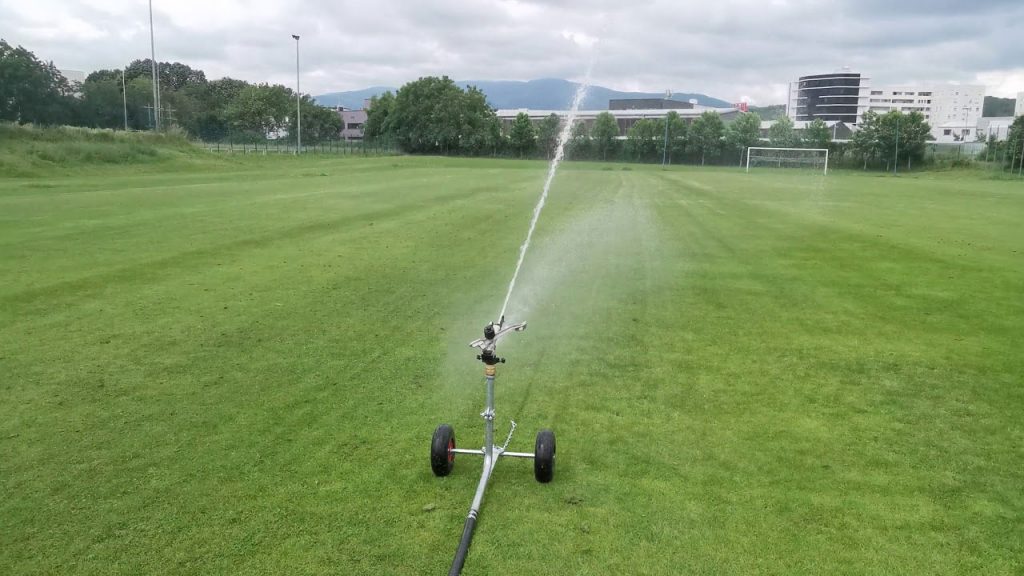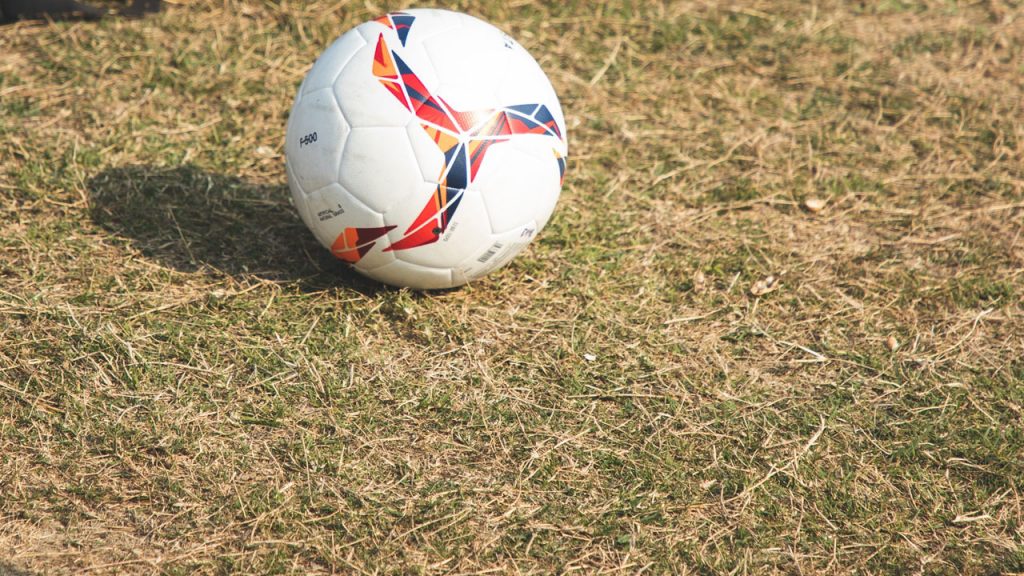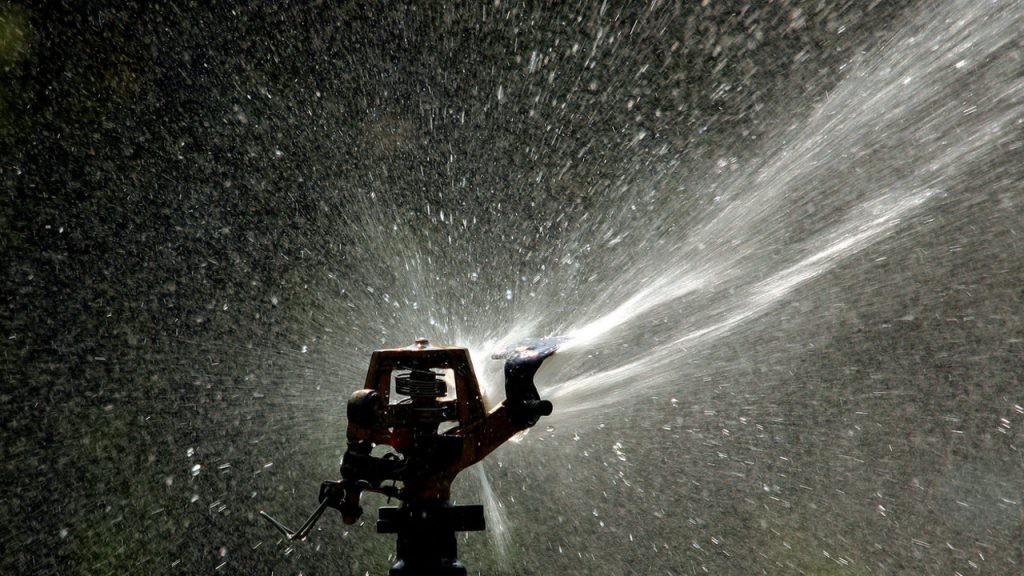Authority Soccer (authoritysoccer.com) is a participant in the Amazon Services LLC Associates Program, an affiliate advertising program designed to provide a means for sites to earn advertising fees by advertising and linking to Amazon.com. This site also participates in other affiliate programs and is compensated for referring traffic and business to them.
With soccer having a very huge fan base- 4.5 Billion, some of the fans still do not know why the technical staff in charge of pitch conditions wet the soccer fields.
Perhaps you have witnessed automated sprinklers wet the playing surface during the build-ups of various soccer matches.
The dynamic environment today requires soccer to be a safe sport. The sport has become very competitive and for this reason, players prefer that the surfaces are watered.
Keeping the playing surfaces enhances faster ball movement since water helps settle the sand and rubber particles.
In this article, we will discuss the various aspects of wetting soccer fields. So read on to find out more. This will surely be enlightening.
Why Do They Wet Soccer Fields?
Even though the wetting of soccer fields has become a common trend in modern soccer, the grounds shouldn’t be too wet. One wouldn’t want a scenario where players slip and fall easily or have their boots stick in the turf.
The right balance has to be found to ensure easier ball movement and the safety of the players.
The soccer field these days is made up of hybrid grass and synthetic fibers. The grass is partly natural and artificial hence it explains the irrigation of playing surfaces.
Sand is used during the construction of such surfaces. Most engineers will tell you that irrigation increases the shear strength of the sand used.
The moist sand of soccer fields is firmer compared to dry sand. When fields are watered, the playing surfaces become moist, this helps the ball glide easily whenever a player makes a pass.
The speed and the tempo of modern soccer favor a quick style of play and hence having dry soccer field surfaces lowers the speed of the ball and holds the ball much longer.
Before watering soccer fields, the grounds managers will have to put into consideration the current weather conditions as well as the evaporation and transpiration rates (evapotranspiration-ET).
In the case of cool and calm weather, soccer surfaces are less likely to be watered and vice versa.
Some experts even suggest that the difference in time between the players warming up and the actual game starting should dictate the longevity in which the playing surfaces will be irrigated.
Why Do They Wet the Soccer Field at Halftime?

There have been several debates as to why soccer fields should be irrigated during halftime.
Fifteen minutes of break of play is very essential for the players and the ground keepers have to ensure that the playing surface is a top condition before the resumption of the second half of the game.
What most of you did not know is that there has to be a consensus between head coaches or players before the groundskeeper is instructed to water the surface.
Some people argue that a good team should be able to adapt to any dynamics of the game. While this is true, it should not be at the expense of players getting silly injuries.
There have been cases where clubs hire new managers and suddenly watering of fields during the halftime stops. Most people will interpret this as a change of tactical style in how the manager wants his team to play.
For instance, if his team is finding it difficult to play against a high tempo-based team, then not watering the pitch makes it quite dry and this will slow the momentum of the ball on the surface.
How Much Water Does a Soccer Field Need?

The constant running on the playing surface and the evaporation due to the sun eliminates moisture and might somehow reduce the intensity of the ball movement. But the dilemma for most of us is how much water do soccer fields need?
The general rule of thumb suggests that soccer fields should be irrigated 48 hours before the match day.
The only certain thing is that the fields should have the right balance of water before a match play.
First, it’s a relief working as a groundskeeper these days. The invention of sprinklers has made it easy to wet the surfaces with the right amount of water needed.
This saves them the struggle of walking over the pitch with a watering can. For the natural grass to grow well, it requires you to strike the right balance of water and the help of the sprinkler does just that.
Having said all that, there isn’t an exact amount of water needed on a soccer field. Groundskeepers just have to strike the balance depending on the day’s weather conditions.
But if you want to get into figures, then you will probably need up to 10,000 liters of water daily.
How Often Does a Soccer Field Need to Be Watered?

The number of times a soccer field needs watering depends on the teams’ management and expert advice from relevant people that deal with pitch conditioning. However, if you ask most of the soccer clubs today, they will recommend doing it at least one to three times per week.
Watering the soccer fields helps the hybrid grass recover from the pressure of constant running from players. Some managers require their groundskeeper to irrigate the fields after each practice game.
If the match is about to start, the pitch should be watered just after the warm-up sessions and during the half-time break.
Some soccer clubs water their field frequently enough to catalyze the growth of grass that will instead increase the friction of the ball and the grass.
To sum up, watering soccer fields should be for the benefit of players. The ground should be safe enough to play on and avoid unnecessary injuries.

